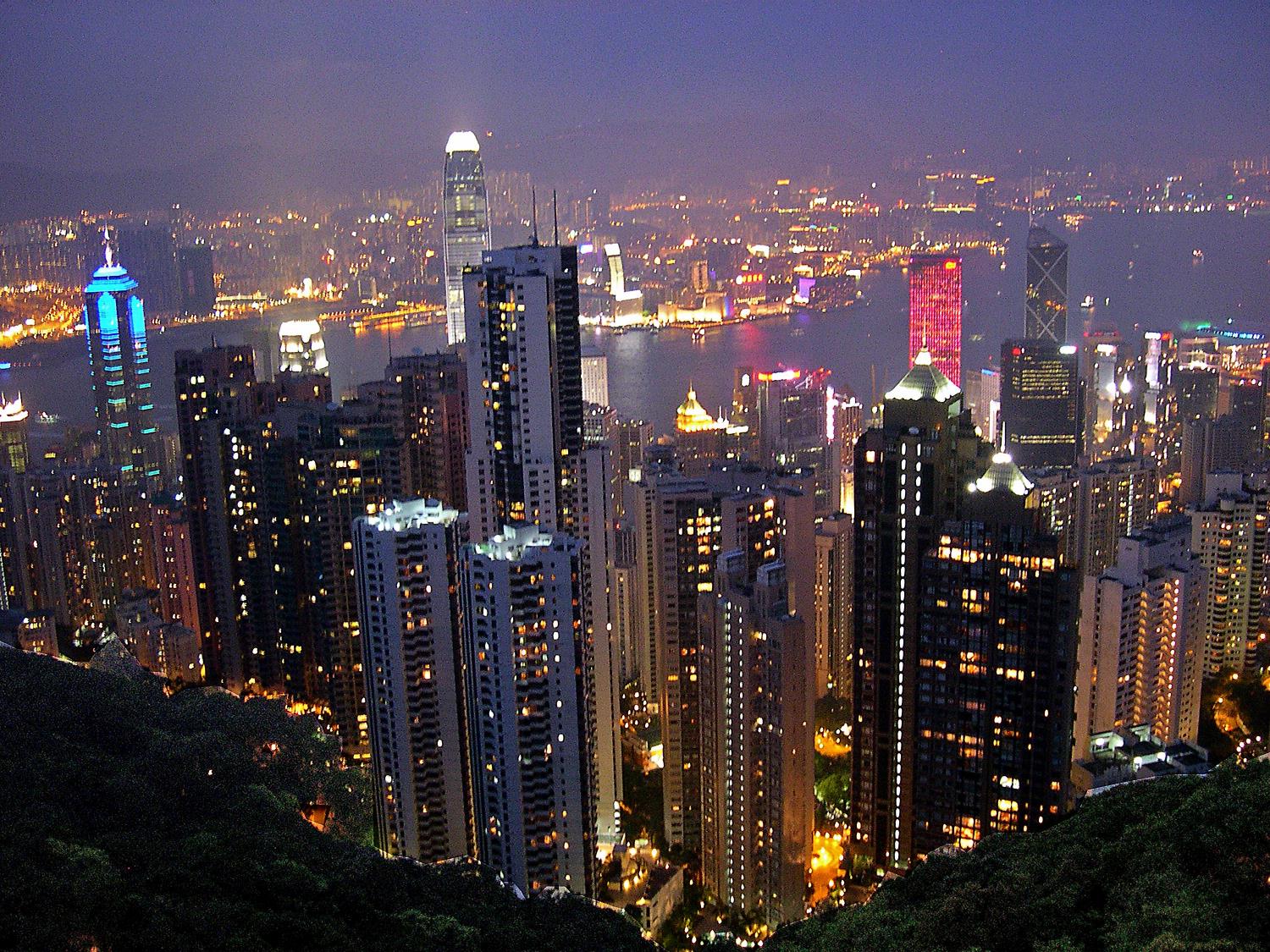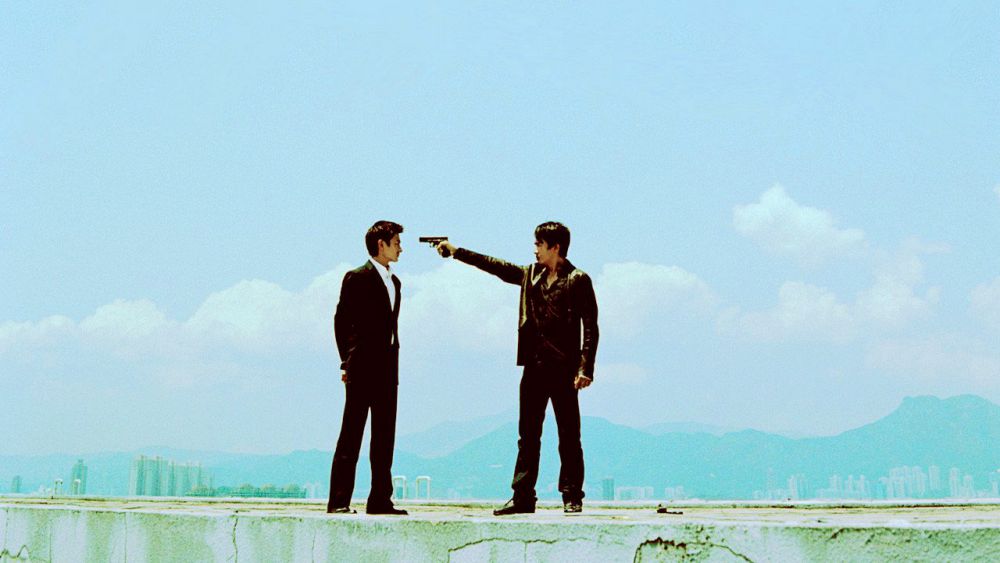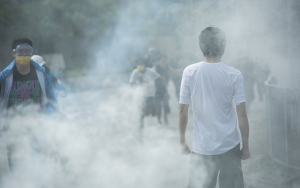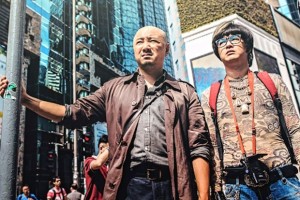Same same, but different — but almost always same.

July 1, 2017 will mark the 20th anniversary of Hong Kong’s transfer back to China. On this day 29 years from now, Hong Kong will fully return to Chinese sovereignty. The differences in governance, language, and society between Hong Kong and the rest of China, along with naming conventions, can be confusing. So, is Hong Kong part of China?
The simple answer is of course yes. The Hong Kong Special Administrative Region (HKSAR) is the sovereign territory of the People’s Republic of China (PRC), and has been since July 1, 1997, when it was returned by the United Kingdom. The HKSAR’s “special” status will end on July 1, 2047.
The HKSAR is governed by the Basic Law, a legal code agreed upon by the Chinese and British governments prior to the handover. Under the principle of “one country, two systems,” Hong Kong is guaranteed a “high degree of autonomy” under the Basic Law, although Hong Kong’s leader is chosen by the Chinese government, and not by direct, democratic elections. Cantonese and English are the HKSAR’s official languages, although Mandarin is now taught in HKSAR schools. 98 percent of Hong Kong’s population identifies themselves as being ethnically Chinese.
The HKSAR is separated from the rest of the PRC by a border, across from the city of Shenzhen. HKSAR citizens may use something called a 回乡证 huixiangzheng, literally a “going home permit,” a quasi-passport, to visit the rest of the PRC. PRC citizens must apply for permission to visit the HKSAR, and visit using a PRC passport.
For Hong Kong’s people, this creates some differences between them and other PRC citizens, which often creates confusion as to their status and that of their home territory. They carry different passports and enjoy different visa-free or visa-waiver status in many countries; they enjoy different rights of assembly, freedom of speech, and freedom of the press; and limited participation in elections. They also have different employment status in the PRC (not necessarily a benefit).
From the 1960s onward, Hong Kong’s film industry established itself as one of the world’s great cinema centers. Hong Kong stars like Andy Lau, Carina Lau (no relation), and Donnie Yen remain among top names in Chinese cinema on any side of the border, and Hong Kong directors like Stephen Chow and Tsui Hark have been Chinese cinema’s most commercially successful of late.
Legally, the film industry enjoys the same status as before the handover, able to produce content with political, sexual, and horror themes that would never fly in domestic PRC productions.
However, while some Hong Kong directors continue to make films in Cantonese, most have begun producing movies in Mandarin for a wider audience across China, especially because under the Closer Economic Partnership Arrangement (CEPA), Hong Kong films may be considered as local for purposes of distribution and release. It’s difficult to ignore the world’s second-largest cinema market just a short train ride away.
Despite all these similarities, both citizens of the PRC and HKSAR regard each other as somewhat different. It’s sort of like Ireland: both citizens of the Republic of Ireland and Northern Ireland regard themselves as Irish, and yet differences exist.
For foreign filmmakers, this is a distinction worth remembering. While shooting in Hong Kong and including Hong Kong scenes and/or actors in a film to appeal to the Chinese audiences, yes, Hong Kong is definitely China…but it’s different.







